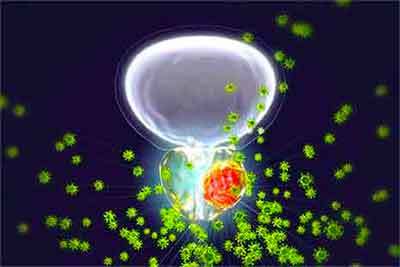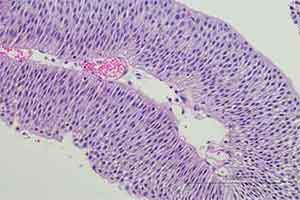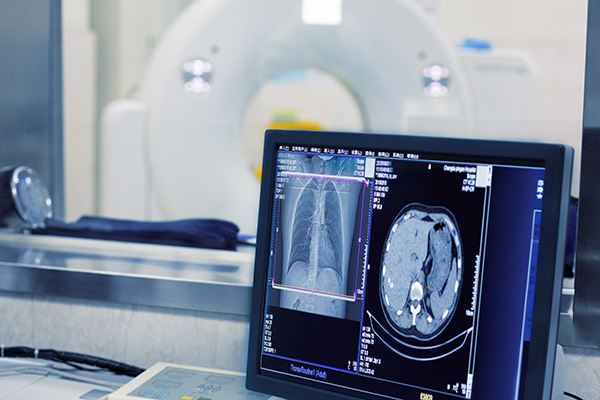UroEdge™ Learning Centers
Advanced Practice Provider Education Center
The APP Education Center is a premier resource designed for nurse practitioners, physician assistants, nurses, and allied health professionals, offering timely and accurate education on urologic conditions, diseases, and procedures. Expert clinicians share their insights and expertise, ensuring that APPs receive practical, up-to-date knowledge to enhance patient care.
Whether you are new to urology or seeking the latest updates in urologic care, this site provides targeted, high-quality education to support your professional growth and clinical excellence.
Genomics and Biomarkers
The role of genetic testing for prostate cancer risk is a rapidly changing area. Experts debate the indications of sending a patient on to genetic counseling for further potential screening for inherited prostate cancer risk. One major issue that needs to be addressed in the urology community today is recognizing the frequency of inherited mutations that are affecting prostate cancer patients. About 1-2% of prostate cancer patients have mutations in BRCA 1 and 2, among a long list of other mutations that are quite common in metastatic prostate cancer.
Androgen Deprivation Therapy
One of the major treatments for prostate cancer is androgen-deprivation therapy (ADT), and about 50% of prostate cancer patients are treated with ADT at some point in their disease. ADT is used most frequently for patients with local but advanced prostate cancer or metastatic prostate cancer. The rate of ADT use in the USA increased in the 1990s and continues to be high today.
Functional and Reconstructive Urology
Urologists should be the experts in the management of lower urinary tract disorders. In recent years, other specialties have led the management of patients that are traditionally managed by the urologist. These specialties although improved the care of some women, they failed the general population as the focus was on gender not the disease.
Microbiome and Urologic Infections
There is an abundance of evidence that the human microbiome plays an important and nuanced role in controlling human health, including metabolism, immunity, pain, psychological state, and cancer. The recent discovery of the human genitourinary microbiome’s existence has led to the investigation of its role in mediating the pathogenesis of urinary tract infections, urologic pain syndromes, lower urinary tract symptoms, urolithiasis, and genitourinary malignancies like bladder, kidney, and prostate cancers.
Men’s Health
Around the world, men die an average of 6 years earlier than women, and the mortality rate for men is higher than for women in 12 out of 15 leading causes of death. Health outcomes among boys and men are substantially worse than among girls and women. Men engage in riskier behavior, are less likely to practice preventative health measures, and more likely to avoid important screenings.
Imaging
Cancer diagnosis and therapy is becoming more focused toward a patient-specific approach to therapy, particularly prostate cancer. The role of imaging is paramount in this evolution by providing physicians with accurate information on both the presence and extent of prostate cancers. Developments in molecular imaging are paving the way for more physicians to diagnose cancer and apply relevant therapy.
nmCRPC
Latest prostate cancer research is turning its focus on the M0 space. M0 prostate cancer is a stage where the disease is non-metastatic but has become resistant to hormone therapy. Many therapeutic options for castration-resistant prostate cancer are approved and used for metastatic castration-resistant prostate cancer (mCRPC), but fewer options exist for those with non-metastatic (NM) CRPC.
Urothelial Cancer
Upper tract urothelial carcinoma (UTUC) is cancer of the transitional urothelial cells that line the upper urothelial tract of the renal pelvis and ureter. This type of cancer accounts for between 5% and 10% of urothelial cancer cases. It’s the fourth most common cancer in men, but less common in women. In UTUC, the mean age of a patient diagnosed is 73 years. It can occur 3% of the time in both upper tracts (ureters or renal pelvis).
Focal Therapy
As a result of an increasing amount of clinical data, interest in focal ablation for the treatment of localized prostate cancer has grown immensely over the last fifteen years. We are Drs. Arvin George, Abhinav Sidana, and Jonathan S. Fainberg, urologic surgeons with research interests in using minimally-invasive, image-guided treatments of prostate cancer. As editors of the Grand Rounds in Urology Next Generation Focal Therapy Learning Center, we have created an educational resource that will help you develop an effective approach to focal prostate ablation in your practice, including diagnosis, patient selection, treatment technologies, and patient follow-up. These will include curated lectures on a range of focal therapy topics, original presentations, expert discussions, interviews with leaders in the field, and procedural training, and will be regularly updated as this treatment modality continues to evolve.










